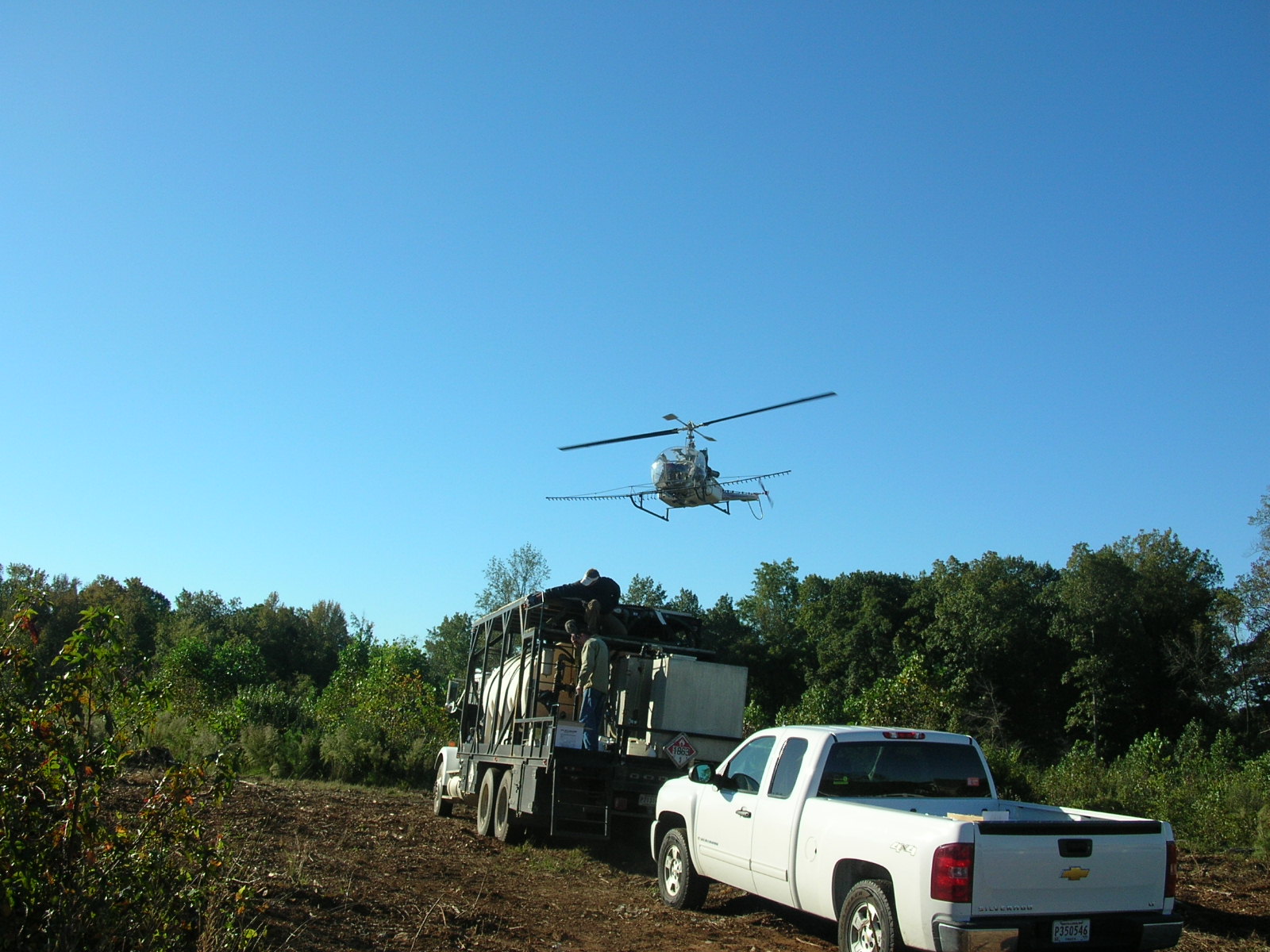Effective Reforestation is a Worthwhile Investment
You’ve just clear-cut your timber stand and deposited the proceeds. This money represents decades of patience watching your trees grow. Now it is time to reforest the cutover stand. Why is this necessary?
A well-managed pine plantation is like an investment bond; an early investment will yield a strong return years down the road. While timber stands will naturally regenerate if you leave them alone for a long period of time, naturally regenerated stands are often unproductive and take longer to mature than stands which are planted. Natural stands regenerate not only dominant, valuable species but also non-merchantable trees, grasses, and vines. This causes severe competition in the stand and results in a young stand of over 1,000 stems per acre fighting for light, nutrients, and water. We recommend that all landowners use some of the proceeds from their timber sale to ensure their new stand is going to produce a valuable stand in the future.

Our goal in reforesting a pine plantation is to create an environment which encourages a productive stand to regenerate as quickly as possible. This involves 1) controlling natural competition and 2) planting uniformly-spaced, genetically improved pine seedlings. This will ensure that the light, water, and nutrients in the stand are allocated to seedlings which have the potential to produce sawtimber-quality trees in the future.
There are two primary ways to control competition. The first is to conduct a site preparation treatment consisting of either a prescribed burn or herbicide application before planting seedlings. The second is to release the young pine stand with either an herbicide application or pre-commercial thinning when the stand is in its juvenile stage. Site preparation treatments are typically conducted when there is a small likelihood of natural seed blowing in from surrounding timber stands. Releases and pre-commercial thinnings are conducted when we expect only hardwood or grassy regeneration, or if the stand is surrounded by mature pines which will seed in for years after the stand is planted.

Conducting site preparation or release treatments on timber stands will increase the cost of reforestation. However, the increased cost is an excellent investment because it produces a more valuable stand. Studies have shown that pine stands which have competition controlled either with site preparation or release treatments produce 50% more sawtimber at the final harvest. They also produce more income during intermediate harvests and can be harvested sooner. Stands which are not released need to grow for an average of 16-20 years before they can be thinned, and sometimes these stands are not well-stocked enough to be thinned at all. Poorly-stocked stands which can be thinned produce an average of 25 tons of pulpwood per acre during the first thinning. In contrast, stands which have competition controlled can often be thinned after 14-18 years of growth. Not only can they be thinned sooner than poorly-stocked stands, they also produce an average of 50 tons of pulpwood per acre during the first thinning. Doubling the value produced at the first thinning easily pays for the additional reforestation costs associated with planting the stand and conducting either a site preparation or release.
If you have just clear-cut a stand or have a young pine plantation, feel free to call us and we will conduct a no-obligation inspection of your property to determine if it would benefit from these practices.

